IT may seem a strange place to hold a party in our “city of the dead”.
Yet Rookwood Cemetery will do just that next Sunday, September 24, with a special open day to celebrate its 150th anniversary.
This is no ordinary cemetery. Amid its ornate marble and its crumbling, weather-beaten stone gravestones lurk the ghosts of Sydney’s past.
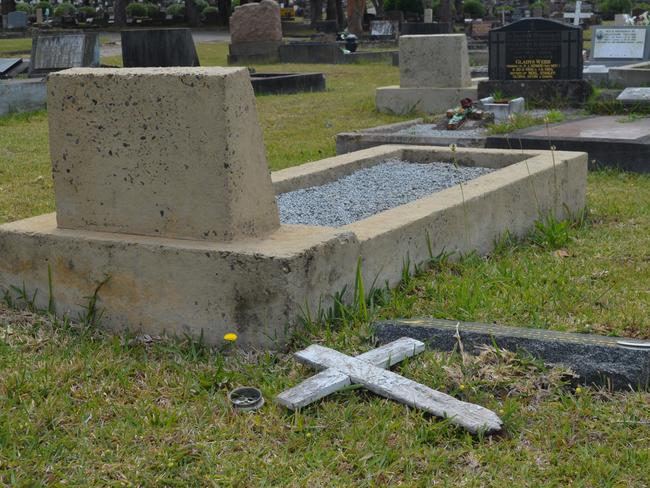
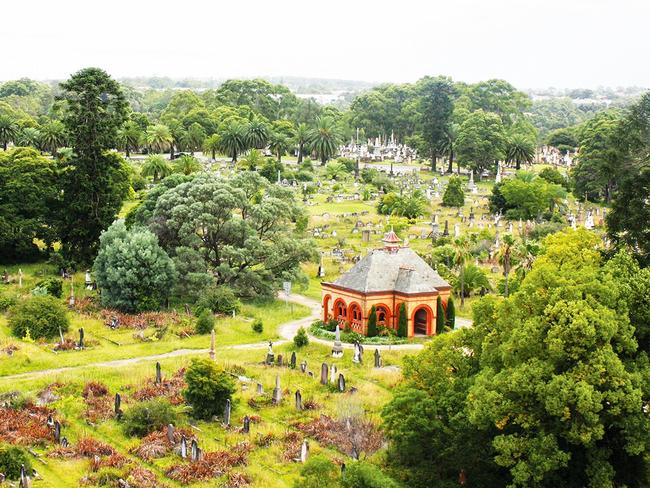
From Victorian-era paupers struck down by diseases that wiped out entire families to the landed gentry, the landscaped burial grounds of Rookwood, near Lidcombe in Sydney’s west, hold the remains of our dearly departed.
Yet there is nothing morbid or eerie about it. It’s a tranquil place filled with birdsong and the overwhelming scent of flowers.
The choice and diversity of plants found within its grounds reflect 19th-century funerary etiquette, at a time when it was fashionable for families to take the train there, have a picnic and spend the day beside the grave of their lost loved ones.
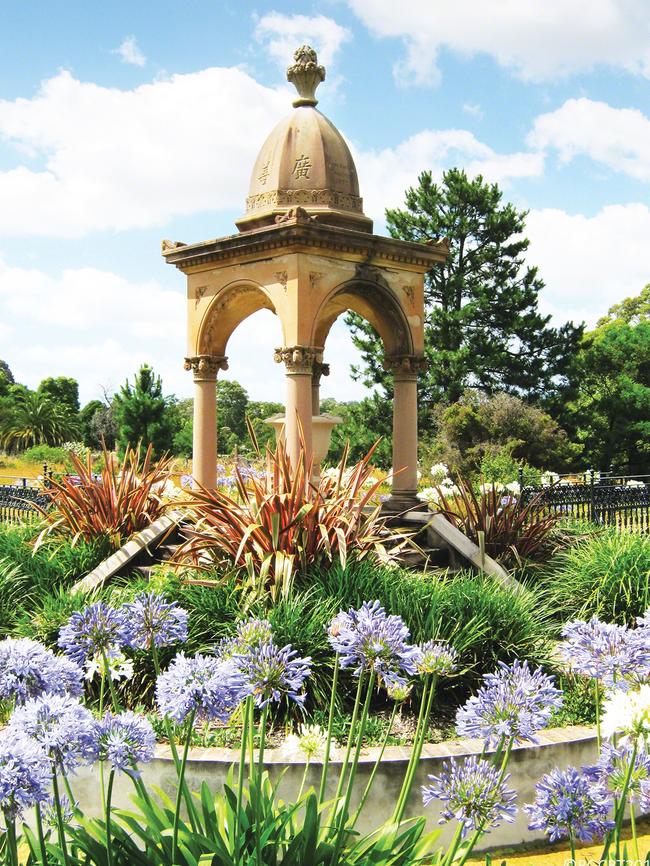
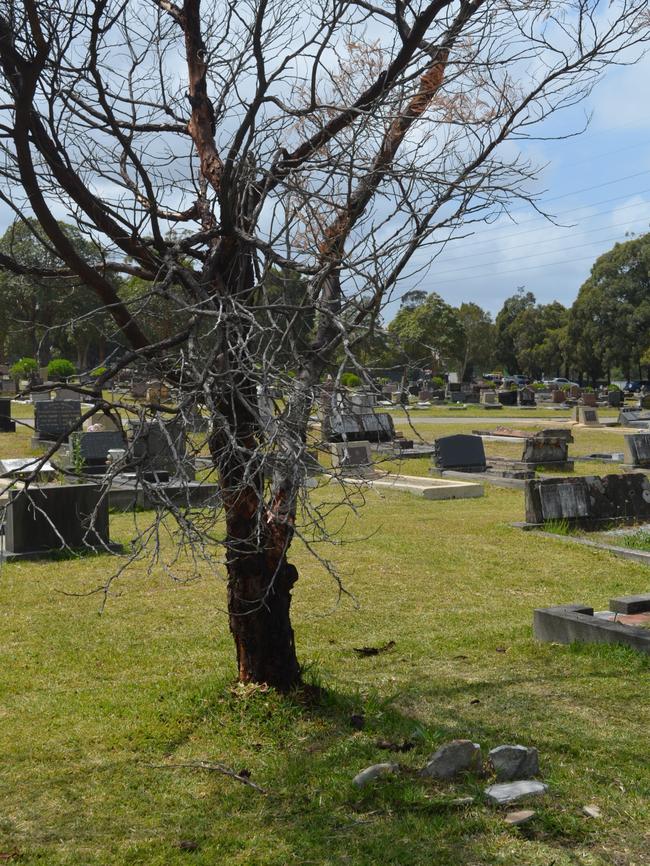
Spanning 288ha, Rookwood is the largest cemetery in the southern hemisphere and one of the world’s most multicultural burial grounds. To put that in perspective, Centennial Park covers 189ha.
The epitaphs on the legible tombstones offer a fascinating insight into those whose bodies or ashes are interred there and a glimpse into the state’s evolving social history, although there are hundreds of tombstones whose inscriptions are so old and faded you can’t discern who lies there.
Scattered throughout the sprawling grounds are many unmarked graves, such as that of teen terrorist Farhad Jabar who in 2015 gunned down Parramatta police worker Curtis Cheng in cold blood and in turn was shot and killed by police, and some marked only by a simple, white, wooden cross.
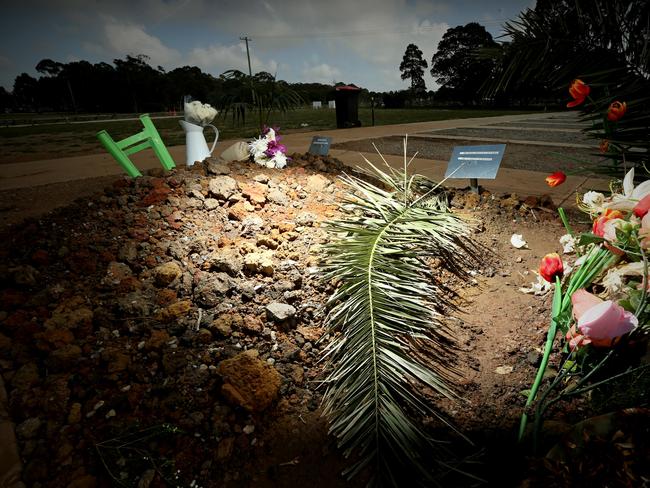
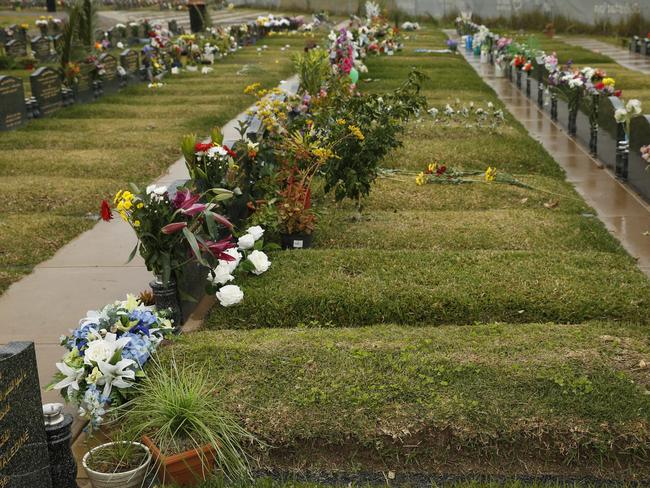
It’s the final resting place of more than a million citizens of multiple nationalities and religious denominations, including Henry Lawson’s mother Louisa Lawson, newspaper proprietor and pioneer of women’s suffrage; notorious underworld figure Abe Saffron, and Peter Dodds McCormick, the Scotsman who composed Advance Australia Fair.
The site was consecrated in 1867 when the 79-year-old colony outgrew its two cemeteries near today’s Central Station and where Sydney Town Hall stands.
Originally known as Haslams Creek cemetery, the opening of Rookwood 150 years ago coincided with the closure of Devonshire St cemetery, which was sandwiched between Eddy Ave and Elizabeth, Chalmers and Devonshire streets on the “town’s fringes” and had reached its capacity by 1860.
The valuable town land was needed by the living and a new resting place for Sydney’s dead had to be found.
It soon became known as The Necropolis, ancient Greek for the city of the dead, or the sleeping city.
Local residents lobbied officials to have their village’s name changed from Haslams Creek due to its association with the cemetery so, in 1879, the necropolis was renamed Rookwood, with the nearby village named Lidcombe.
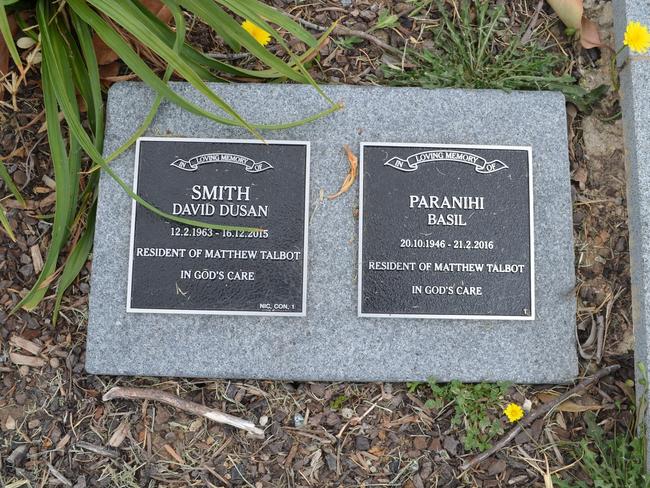
According to the NSW Office of Environment and Heritage, the design features, use of plants, layout, high quality and diversity of structures, monuments and details of Rookwood Necropolis are a rare surviving example of mid to late 19th-century ideals for a major public cemetery.
The four mortuary stations that once served Rookwood no longer exist and the rail spur closed in 1948.
However, the old mortuary station on Regent St, Chippendale, from where trains would depart with their cargo of coffins and mourners still stands.
The heritage agency said Rookwood’s memorials form a set of monumental masonry without parallel in Australia.
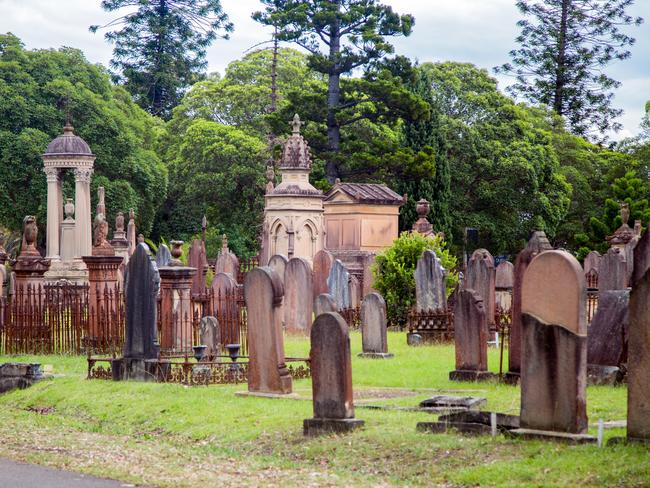
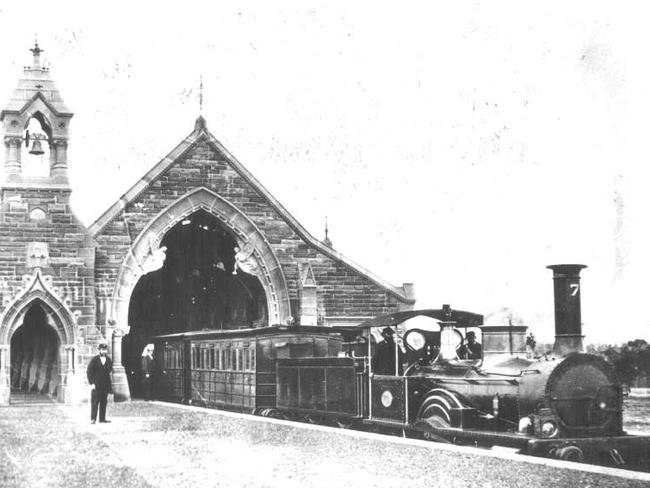
It has one of the largest collections of funerary monuments predating World War 1 anywhere in the world and houses more than a million epitaphs recorded on 800,000 graves and 200,000 crematoria niches.
“It also demonstrates a wide diversity in burial practices and religious beliefs,” the agency said.
“As a social document and genealogical resource, Rookwood Necropolis is unique in its scale and comprehensiveness. The necropolis is the burial place of a large number of noteworthy individuals.”
Among those notable citizens are founders of retail outlets such as Bing Lee, David Jones, John Gowing and Anthony Hordern II; Chinese-born, 19th-century merchant and philanthropist Mei Quong Tart; and two former premiers, Jack “JT” Lang and Joseph Cahill.
Poet and war correspondent Kenneth Slessor is buried there.
Comedian and vaudevillian Roy Rene, better known as Mo McCackie, is in the Jewish section. The Mo Awards for stage acting in Australia are named in his honour.
The body of Isaac Nichols, a former convict who became the first postmaster, was reinterred there when Devonshire Street cemetery was resumed in 1901 to make way for Central Station.
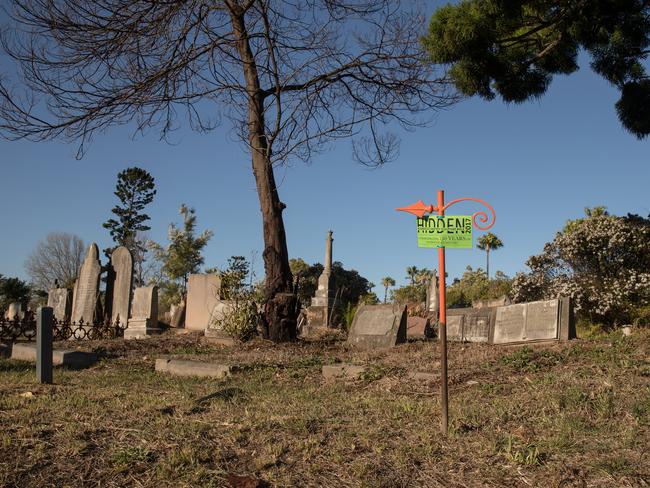
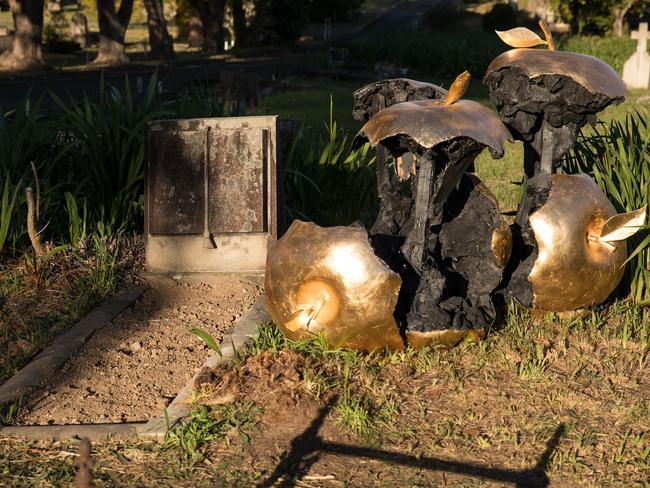
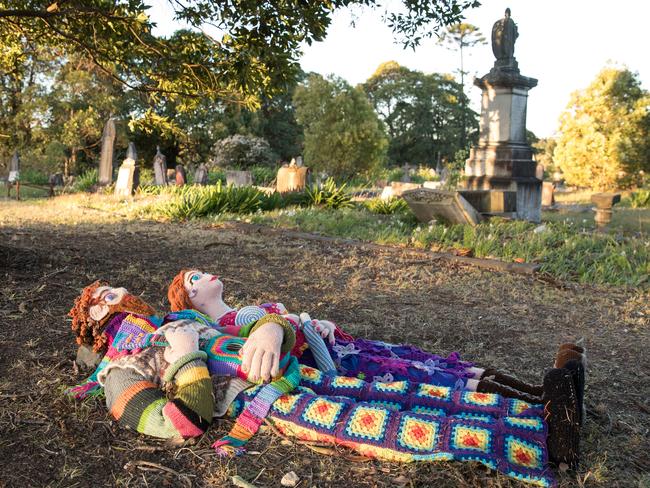
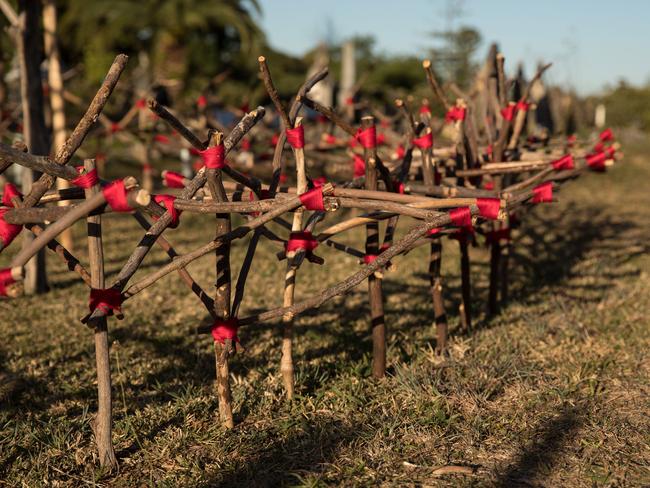
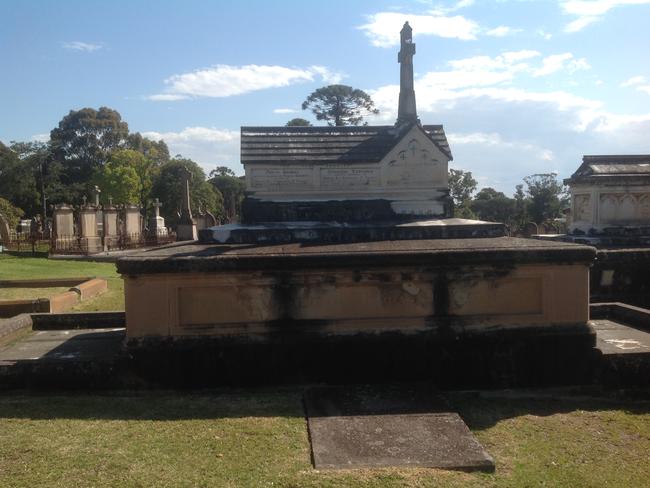
James Toohey and other members of the famous beer brewing family rest there.
But it’s the ordinary, everyday lives lost that bring tears to your eyes as you move among the graves — teenagers taken tragically, children who succumbed to disease.
The Circle of Love is a shrine dedicated to stillborn children or those who died in infancy.
Rookwood also contains a number of memorial shrines, including those dedicated to victims of the Holocaust and to members of the merchant marines killed in wartime.
Next Sunday’s open day runs from 10am to 3pm. Activities will include tours of the crematoria and mausoleum, horse-drawn hearses, grave digging and embalming demonstrations, stone masonry demonstrations, family history research, live entertainment, food stalls, the Hidden sculpture walk and children’s activities.

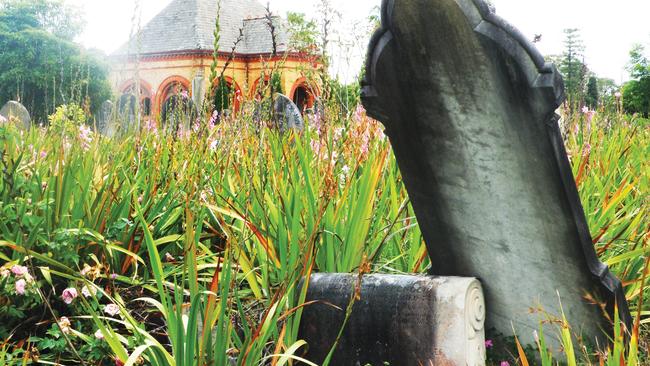
Add your comment to this story
To join the conversation, please log in. Don't have an account? Register
Join the conversation, you are commenting as Logout
Deer in the headlights or really good cop? Who is Karen Webb
Karen Webb has become our most divisive public servant since she was appointed NSW’s first female Police Commissioner in 2021. With her exit from the job looming, here’s the inside story of her time in the role.
Everyday heroes: Regional NSW residents land Oz Day honours
Not all heroes wear capes – and it couldn’t be more true for these everyday champions from Regional New South Wales who have been honoured this Australia Day. See the full list.